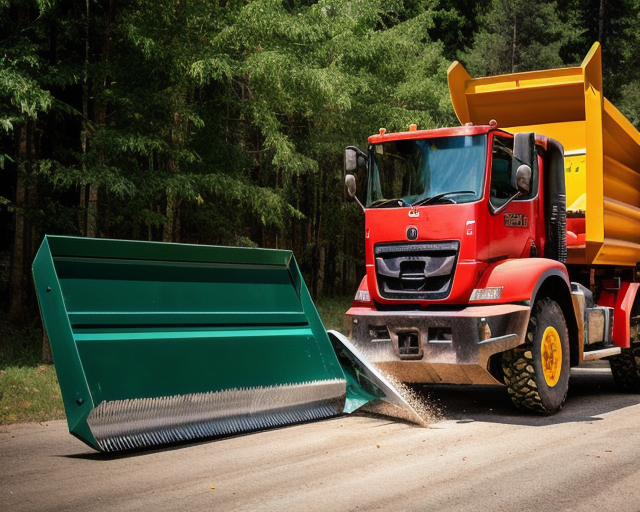Wood chippers and shredders are widely used in the wood processing industry to reduce wood waste into smaller and more manageable pieces. Central to the functionality of these machines are the blades, which play a crucial role in the wood processing process. In this article, we will conduct a comparative analysis of wood chipper blades and shredder blades, exploring their similarities, differences, and their suitability for specific wood processing applications.Welcome to visit the jyfmachinery.com to learn more!
Wood Chipper Blades:
Wood chipper blades are specifically designed to chip wood waste into consistent-sized wood chips. These blades feature sharp cutting edges that efficiently slice through wood materials, producing uniform chips. The key characteristics of wood chipper blades include:
Cutting Efficiency: Wood chipper blades excel in efficiently chipping branches, logs, and tree trunks, resulting in uniform wood chips. Their sharp cutting edges ensure clean cuts and smooth processing.
Chip Size Control: Wood chipper blades allow users to control the chip size by adjusting the blade configuration, such as the number of blades or blade thickness. This versatility provides flexibility in achieving desired chip sizes for various applications.
Versatility: Wood chipper blades are suitable for applications such as landscaping, biomass production, and recycling. They can handle a wide range of wood waste materials, making them versatile tools in the wood processing industry.
Shredder Blades:
Shredder blades, on the other hand, are designed to shred and tear wood waste into smaller pieces. They feature a different blade configuration and cutting mechanism compared to wood chipper blades. The main characteristics of shredder blades include:
Shredding Efficiency: Shredder blades excel in breaking down wood waste into smaller fragments. They use a combination of cutting edges and tearing actions to achieve efficient shredding, suitable for applications such as mulching or composting.
Greater Reduction Capability: Shredder blades are effective in reducing wood waste volume due to their tearing action. They can handle a variety of wood waste materials, including branches, leaves, and smaller logs, resulting in fine mulch or compost.
Higher Capacity: Shredders typically have a higher capacity for processing wood waste compared to wood chippers. They are designed to handle larger volumes of material, making them suitable for commercial or industrial applications with higher throughput requirements.
Comparative Analysis:
When comparing wood chipper blades and shredder blades, several key factors should be considered:
Chipping vs. Shredding: Wood chipper blades are focused on chipping wood waste into uniform chips, while shredder blades are designed to shred and tear wood waste into smaller pieces or mulch.
Chip Size and Texture: Wood chipper blades offer more control over chip size, allowing for consistent chip sizes suitable for various applications. Shredder blades produce smaller and more irregularly shaped fragments or mulch.
Application Specificity: Wood chipper blades are versatile and suitable for a wide range of wood waste materials and applications. Shredder blades are more specialized in processing smaller wood waste materials for mulching or composting purposes.
Processing Capacity: Shredders generally have a higher capacity and can handle larger volumes of wood waste compared to wood chippers. This makes shredders more suitable for industrial or commercial operations with higher throughput requirements.
Conclusion:
Wood chipper blades and shredder blades are both essential tools in the wood processing industry, each with its own unique characteristics and applications. Wood chipper blades excel in chipping wood waste into uniform chips, providing versatility and control over chip size. Shredder blades, on the other hand, are designed for shredding and tearing wood waste into smaller pieces or mulch, with a focus on volume reduction.
Understanding the differences between wood chipper blades and shredder blades is crucial for selecting the appropriate tool for specific wood processing needs. Whether it’s for landscaping, biomass production, or composting, choosing the right blade configuration and machine type will ensure efficient wood waste processing and maximize productivity.
Ultimately, the choice between wood chipper blades and shredder blades depends on the desired end product, the type of wood waste, processing capacity requirements, and specific application needs.
